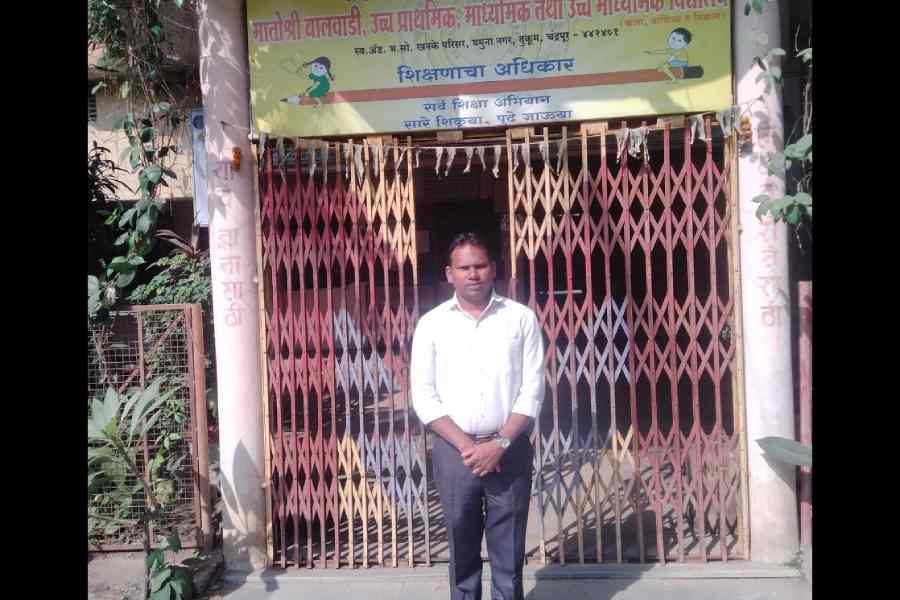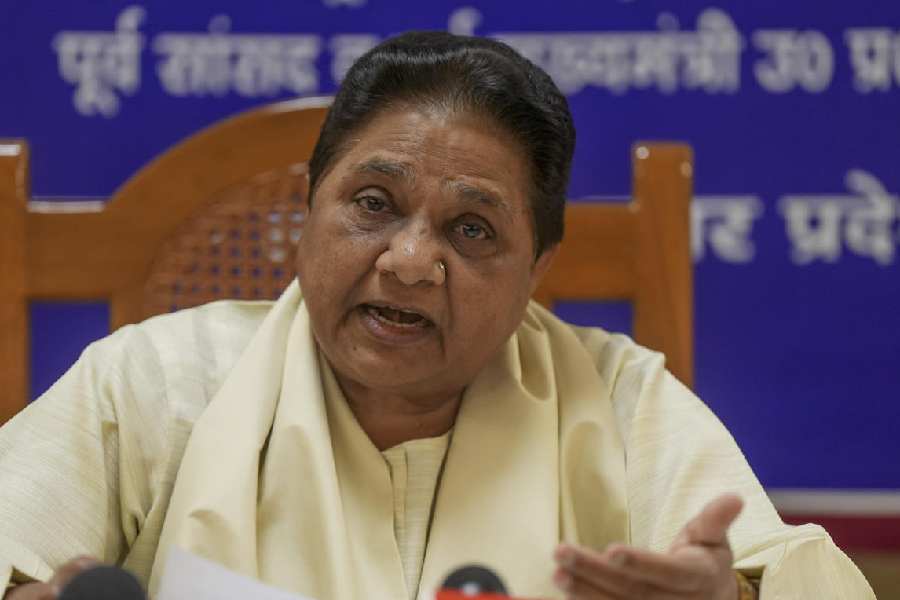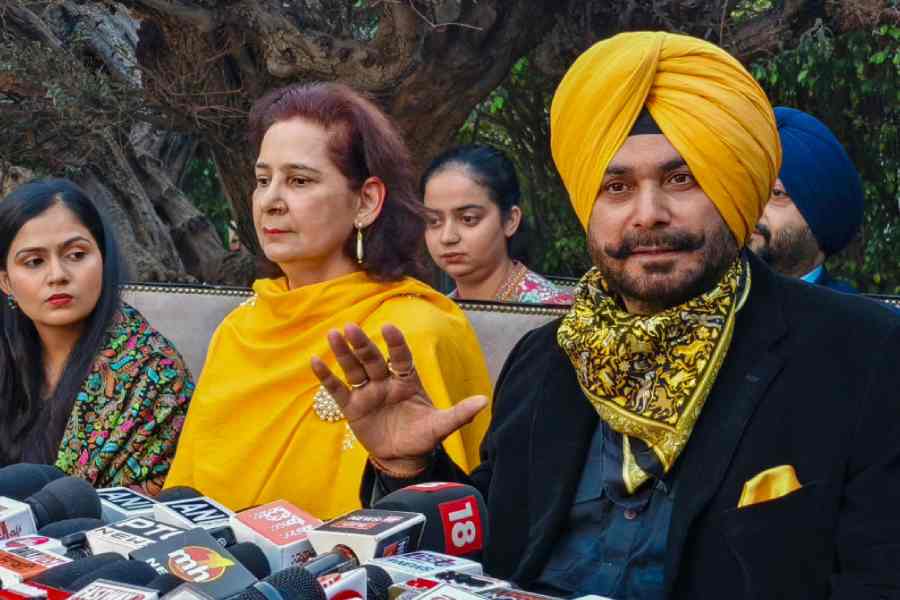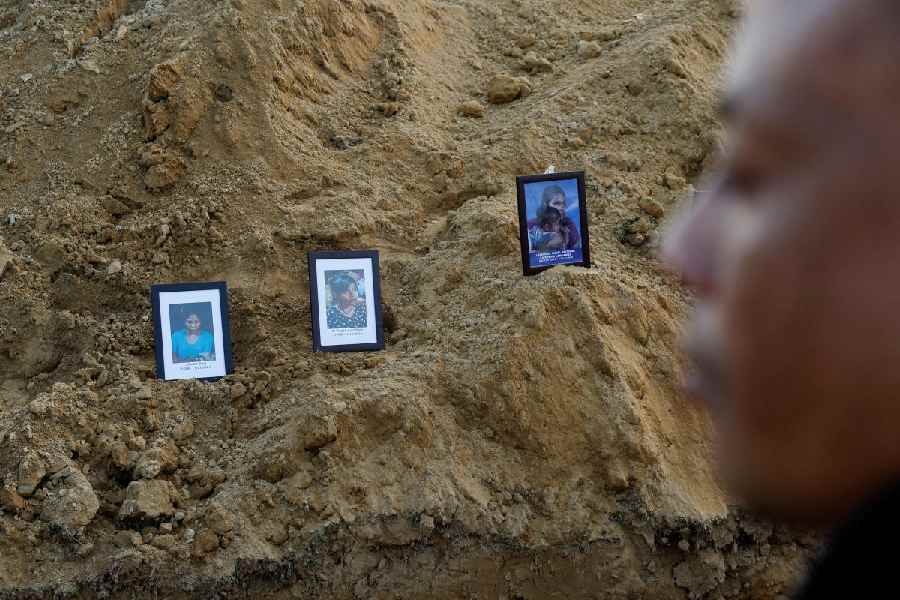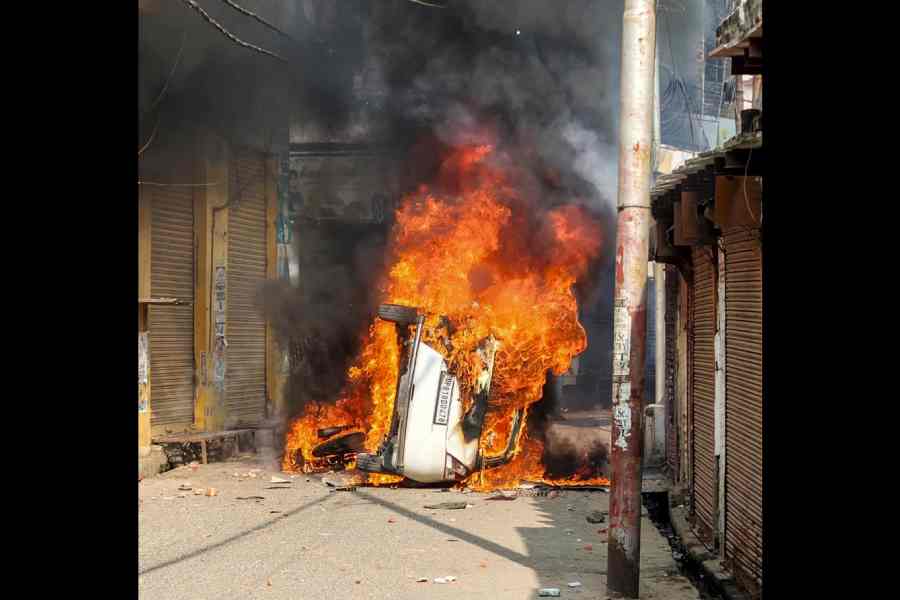The Narendra Modi government’s National Education Policy advises instilling children with “traditional Indian values”, including “Nishkam Karma” or selfless work as prescribed in the Bhagavad Gita.
Children at many of Maharashtra’s nearly 6,000 grant-in-aid schools are lucky — they need only to look around themselves for inspiration.
Hundreds of their teachers have been living with this philosophy for years, if not decades. Not by choice but by compulsion, victims of the state government’s reluctance to loosen its purse-strings.
Ten teachers, for instance, had to wait two decades at a school here to become eligible to receive even a paltry 20 per cent of their salary.
Matoshree Vidyalaya in Chandrapur is a grant-in-aid school, providing free schooling from Class I to XII. Its primary and secondary sections got off the ground in 1993, and it opened the higher secondary section, or junior college, in 2002.
The institution was set up by the Gondwana Shikshan Prasarak Mandal Trust. The teachers recruited to the junior college by the trust in 2002 remained unpaid till 2022. They began to be paid — just a fraction of their salary — from January 2023.
English teacher Anil Mukharu Waghade was recruited by the trust in 2014. Although the state government recognised the junior college in 2012, Waghade began to be paid only from January last year, starting with ₹19,500, which is a fifth of a government higher secondary teacher’s salary.
“I worked nine years without salary. Then I got only 20 per cent of the salary of a regular teacher. Some teachers recruited in 2002 had to wait more than two decades to get even this much salary,” Waghade said.
Grant-in-aid schools are schools set up by private trusts that are run with government money. But, under a four-decade-old state government policy, these schools have to wait four years to be recognised and begin receiving the grants.
After recognition, these schools receive just 20 per cent of the grant in the first year, the amount rising by 20 per cent over each of the next four years, which means the school becomes fully funded after nine years of operation. The same pattern applies to the teachers.
In a reflection of the unemployment scene in rural Maharashtra, thousands of teachers take up their jobs knowing they would not be paid the first four years. But over the past two decades, in particular, the wait for the salary has stretched for much longer periods.
The state government left itself with an escape hatch through a resolution in 2016, which said the grants would be provided only if the government’s financial position allowed it, trust chairman Suryakanta Khanke said. Request after request from the schools, therefore, gather dust at government offices.
Most of the teachers survive by giving private tuition or taking up odd jobs on the side.
Waghade, who hails from Kunghada village in Gadchiroli district, lives in a rented house with his wife and his six-year-old son in Chandrapur, 80km away.
“My wife is not a working woman. I’m struggling to sustain the family,” he said.
Khanke blamed the state government’s policy on grant-in-aid schools — formulated under the Congress administration of Vasantdada Patil in the mid-1980s and left unchanged by successive governments — and its lax implementation.
Matoshree Vidyalaya’s primary and secondary sections got recognition more or less in the stipulated time after their inception in 1993, and have been receiving the full grants for the past two decades.
“But recognition to the junior college (due in 2006) was delayed by six years,” Khanke said, blaming red tape.
“After recognition came in 2012, the funding was delayed by another decade. This is because education is not a priority with the government.”
The delayed payments have begun to take a toll. Matoshree’s junior college, which teaches arts and science streams in the Marathi medium, has 10 vacancies. This means just 10 teachers now teach 240 students from two streams.
The trust has asked the government to fill the positions but no progress has been made, Khanke said.
At Chichpalli village in Chandrapur taluka, the zilla parishad upper primary (Classes V to VII) school has six teaching posts but only five teachers. There is no science and maths teacher for Classes VI and VII, a teacher at the school said.
“We are managing the classes. Teacher recruitment takes time,” the teacher said, asking not to be identified.
The state rural development department runs the zilla parishad schools.
A group of pupils were seen campaigning in front of the school for Sudhir Mungantiwar, state forest minister and BJP candidate for the Ballarpur Assembly seat, on November 14. They wore paper Mungantiwar masks and distributed BJP caps. Mungantiwar was supposed to visit Chichpalli that evening.
“I have been told by my elders to wear this mask and distribute these caps,” achild said.
Khanke said the government was focused on schemes such as the Ladki Bahin Yojana, free rations, and direct cash transfer to farmers under PM Kisan.
“Education does not pay immediate dividends to the political party. It creates human resources that are essential to taking the nation forward, but that is not what the political parties are interested in,” he said.
Emails have been sent to Maharashtra school education commissioner Suraj Mandhare and rural development secretary Eknath Dawale, seeking the reasons for the delay in providing grants to aided schools and the failure to fill teacher vacancies. Their responses are awaited.

